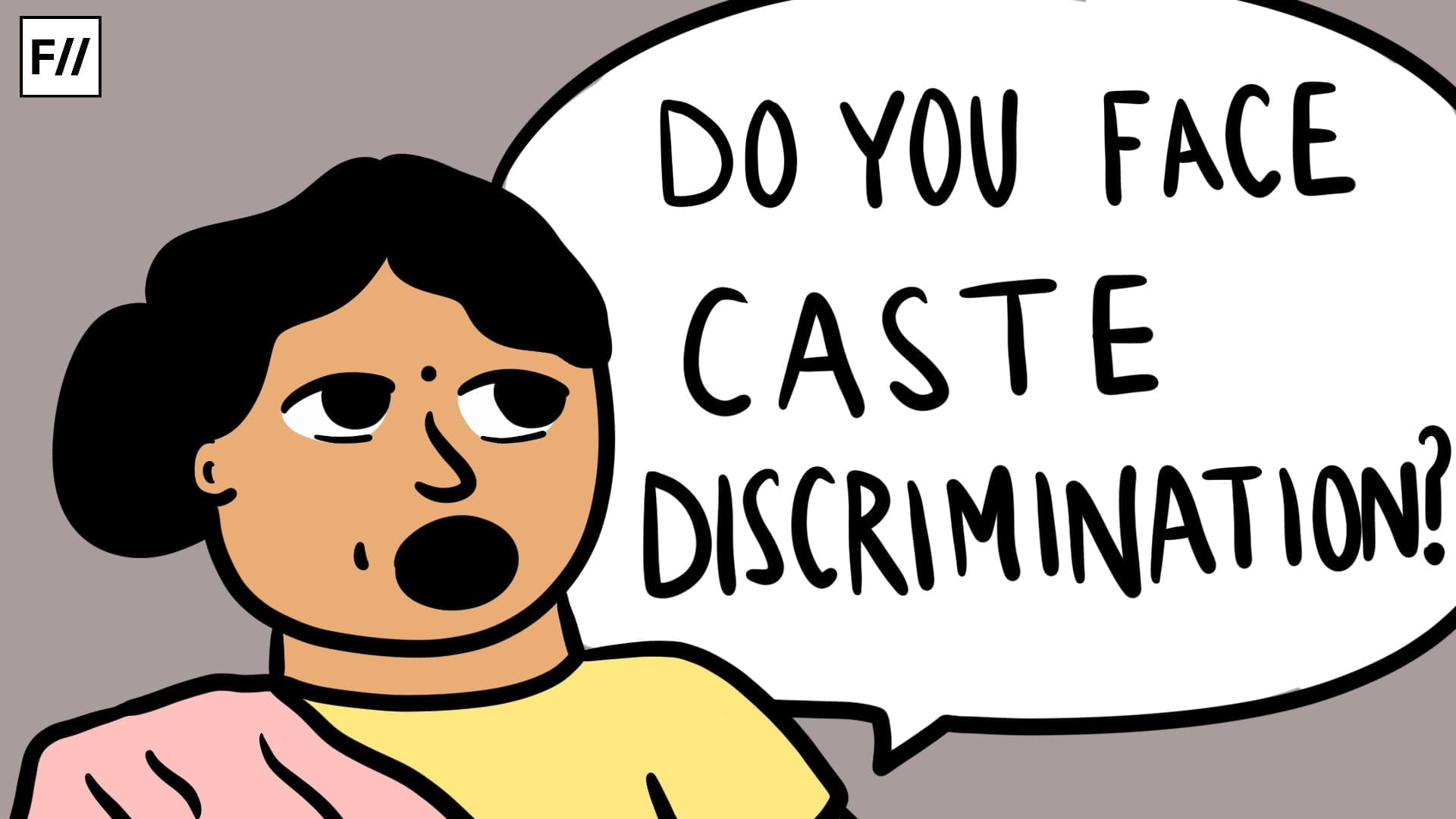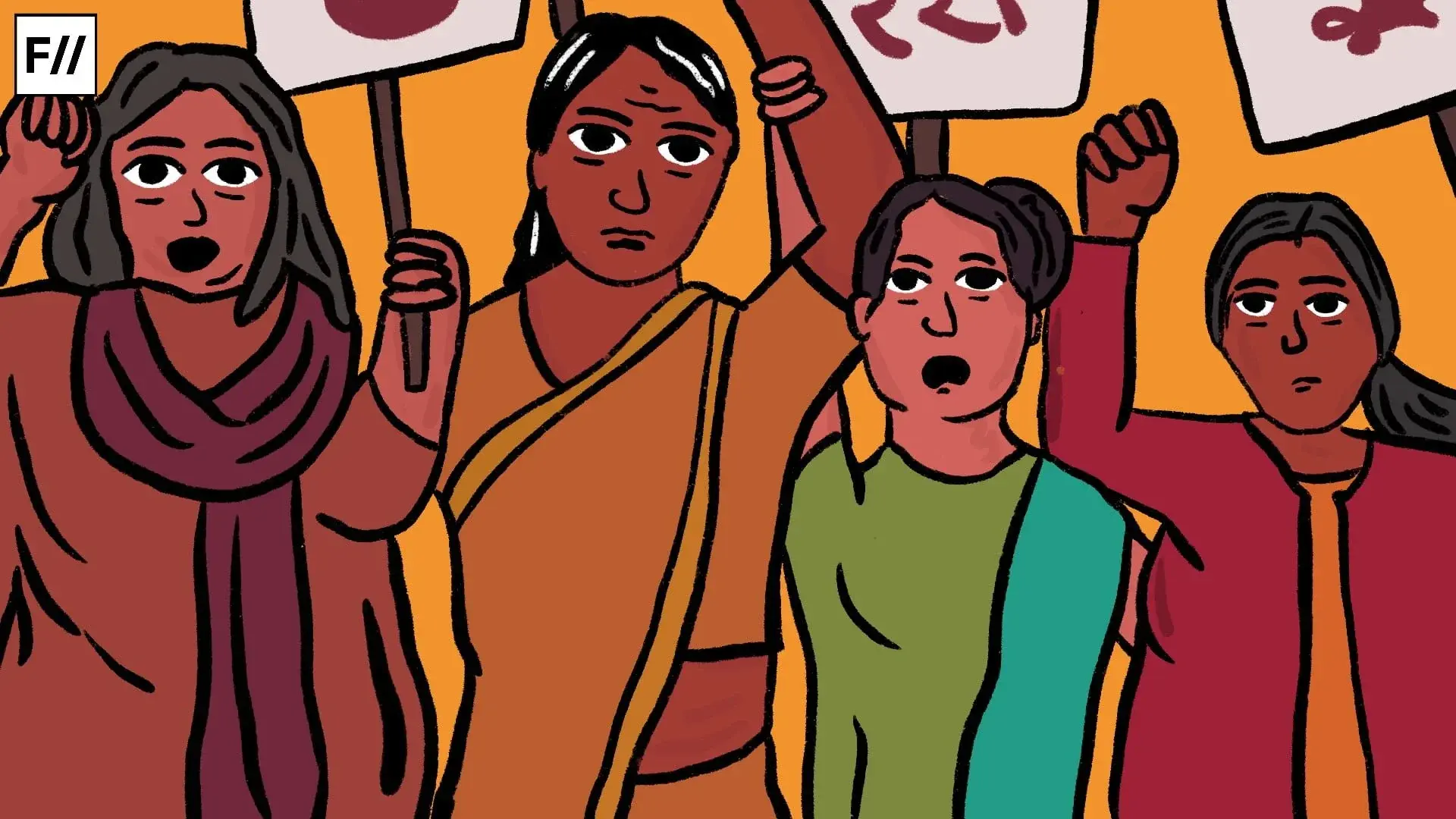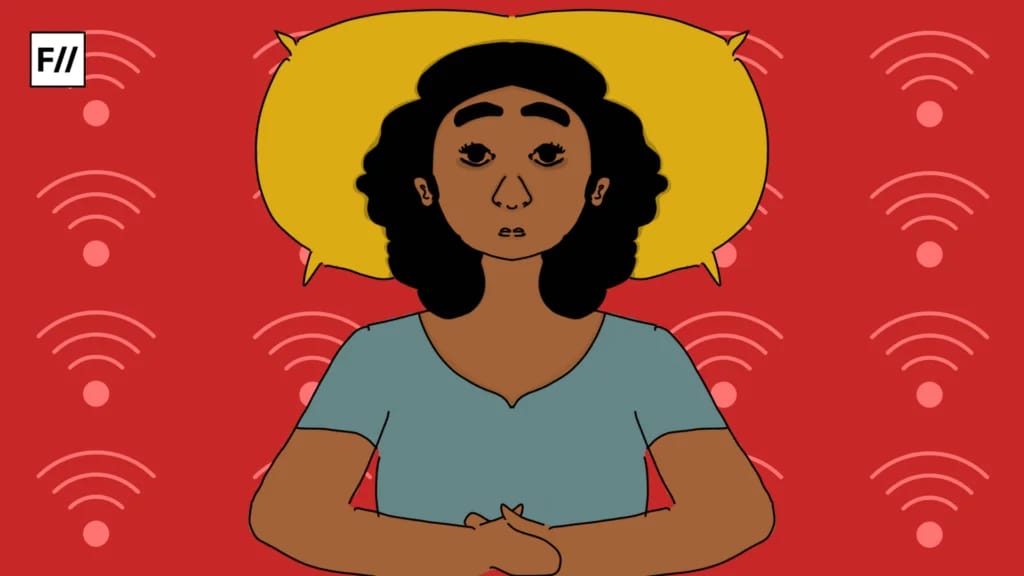As Haryana’s government begins another term, questions about caste-based violence against Dalit women and girls loom large. Despite constitutional protections, Haryana has seen entrenched patterns of caste-driven violence go largely unchecked, often with silent complicity from those within the upper-caste communities and, more disturbingly, from institutions meant to protect the vulnerable. In understanding the plight of Dalit women and girls today, it becomes essential to counter the social, political, and gendered dynamics that sustain these oppressive structures.
The unseen scars of caste: “you are nothing”
In Haryana, caste isn’t just a social identifier; it’s a form of power enforced through violence, and for Dalit women and girls, the threat is omnipresent. Here, the intersection of caste and gender turns discrimination into domination, making young Dalit girls prime targets of unchecked aggression. Girls as young as eight are made to understand their place in the world—that they are “lesser,” and expendable.
Girls as young as eight are made to understand their place in the world—that they are “lesser,” and expendable.
For them, school corridors and village streets often carry the weight of knowing that their existence is conditional on silence. They navigate a world where societal norms dictate their worth, often leading to violence that is both physical and psychological. The young girls in these communities learn early on that their lives are shaped by the expectations and limitations imposed upon them by a society that views them as sub-human. Many are forced into unpaid domestic work or as bonded labourers, subjected to physical and sexual abuse under the guise of servitude.

‘I used to work in the fields owned by Jaats. The landowner would often stop, rape me, and then return to his normal routine. I didn’t even know it was a crime; I thought we, as Dalit women, were meant to serve them on demand,‘ said an 83-year-old Dalit woman from Aterna, Haryana, who requested anonymity due to the sensitive nature of her story.
The silent epidemic of violence
Mirchpur was a sleepy, nondescript village in Haryana until it wasn’t. In 2010, caste-driven violence against the Valmiki community gained national eyeballs but not justice. As fires consumed homes, and screams of survivors echoed in courtrooms, there was a moment when it seemed like we might finally confront our deep-rooted casteism. But a decade and half later, the embers of caste injustice continue to smolder across Haryana, threatening every Dalit girl and woman with violence that lurks just beneath the surface.
As Anju Singh, Secretary at the Global Campaign for Dalit Women explains, ‘In caste-based violence, sexual assault is used to assert dominance. It’s a way to send a message to the victims and the entire community. They want us to know our place. Women are often targeted during caste conflicts, their bodies becoming battlegrounds for centuries of social struggle.‘ This tactic of violence against women is designed to humiliate and instill fear, often leading to a culture of silence and complicity among both victims and witnesses.
The role of upper-caste women as enforcers of patriarchal and caste boundaries
While the visible perpetrators of caste violence are often upper-caste men, the complicity of upper-caste women plays a crucial yet understated role in maintaining the status quo. They are the guardians of social order, reinforcing patriarchal norms and caste hierarchies, whether by condemning interactions with Dalits or upholding family honor at the expense of another’s dignity.
Upper-caste women, while navigating their subjugation under patriarchy, often align themselves with dominant caste structures that oppress others.
Upper-caste women, while navigating their subjugation under patriarchy, often align themselves with dominant caste structures that oppress others. Their actions, framed as protective of family honor, can inadvertently sustain the oppressive frameworks that dehumanise Dalit women.

‘In a society so rigidly organised by caste, even those oppressed by gender find ways to assert superiority through caste,‘ notes Christina Dhanuja, a DEI strategist and Convenor at GCDW. ‘Caste-based violence against Dalit women and girls doesn’t just happen; it’s allowed to happen. For some upper-caste women, supporting their men in reinforcing caste dominance becomes a twisted form of agency, tragically, and one that perpetuates the oppression of other women.‘
Social media: a double-edged sword for dalit women
While social media has emerged as a vital platform for activism and advocacy, it is also weaponised against Dalit women, exacerbating the very vulnerabilities they seek to address. In a society where caste and gender intersect to create complex layers of oppression, social media can be a battleground where violence is both digital and psychological.
Recently, a Dalit woman leader at the Global Campaign for Dalit Women (GCDW) shared a harrowing experience. ‘Someone created a fake WhatsApp account in my name,’ she recounted, her voice trembling. ‘They sent pornographic messages to everyone in my locality, trying to tarnish my reputation and silence my voice. It was an attack not just on me, but on all Dalit women who dare to speak out.‘
This is a disturbing truth about the digital age: anonymity can encourage those who wish to perpetuate caste-based oppression. By fabricating identities and sharing explicit content, aggressors aim to intimidate not just individuals but also a dwindling community of grassroot leaders. These digital assaults are part of a larger strategy to reinforce social hierarchies, instilling fear in those who dare to resist.

‘The dissemination of sexually explicit material serves to dehumanise and discredit and paint them as unworthy of respect. Cultural taboos around mental health can prevent Dalit women, especially young girls from seeking the help they need, leading to untreated distress, feelings of loneliness, and despair compounding their suffering.‘, added Christina.
The impact of such violence extends beyond physical scars, it seeps into the psyche of Dalit women and girls, resulting in inter-generational fear and trauma. The stories of assault and harassment become a part of their identity more than just incidents. Young girls learn to navigate a world where their bodies are not their own, where the threat of violence looms large.
Young girls learn to navigate a world where their bodies are not their own, where the threat of violence looms large.
‘I see fear in the eyes of my daughters,’ shares the Dalit woman leader, who is also a mother to two daughters. ‘I tell them to be careful, to stay close to home, and to avoid certain places. But how do I protect them from a world that sees them as disposable?‘ The weight of these fears often translates into a limiting existence, stifling aspirations and dreams.
A culture of impunity: politics and silence
In Haryana, the politics of caste is an entrenched reality. The Jat community, being the highest population group in Haryana and economically empowered, has long been a crucial vote bank for political parties. This dependency creates a delicate balance, where political leaders are reluctant to alienate Jat voters, even at the expense of justice for Dalit women and girls.
Currently available systemic apparatus often exacerbates the plight of Dalit women, failing to protect them or bring perpetrators to justice. The culture of impunity surrounding caste-based violence is a significant barrier to change. Many families choose not to report incidents, fearing retaliation or disbelief from law enforcement.

‘Many speak of development and progress, but they ignore the cries of our women,’ asks Anju. ‘When will we see justice? When will our daughters feel safe?‘
About the author(s)
Anjali Rai is an anti-caste feminist and Campaign Strategist with the Global Campaign for Dalit Women. She believes in the power of art as a tool for justice, using it to amplify the voices of communities marginalised by caste, work, and descent. Anjali's work is about creating space for stories often silenced and pushing for a caste-free future.





A brutal reality of india. Well written and documented by Anjali Rai. Please continue to write and share the lived reality of Dalits in India.